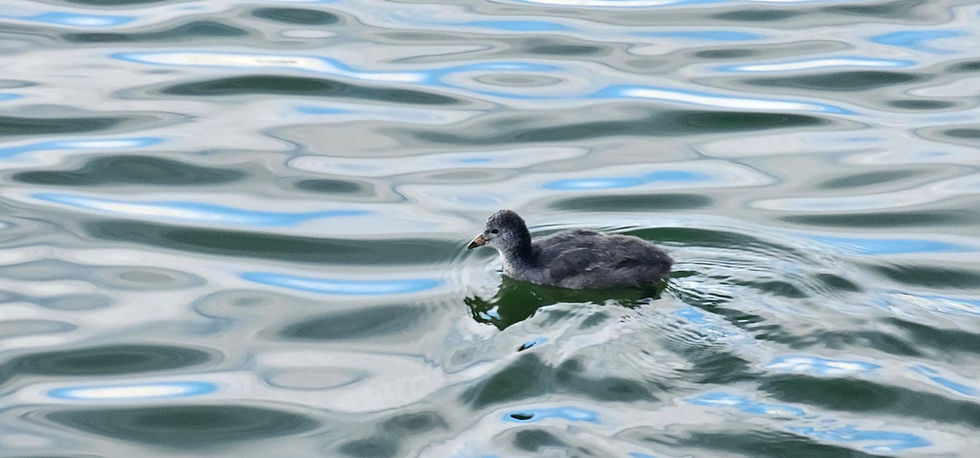Mandurah Wildlife: The Essential Process of Returning Wildlife to Nature
- Chloe Willows
- Apr 22
- 2 min read
Updated: May 26

At Mandurah Wildlife Rehabilitation Centre, we receive an array of native wildlife in need of care. They come to us vulnerable, dependent, and at risk of becoming too accustomed to humans. While hand-rearing an animal is sometimes necessary, the ultimate goal is always to return them to the wild. However, this process—known as ‘wilding up’— is delicate and crucial. If done incorrectly, an animal can become reliant on humans, reducing its survival chances once released.
The Challenge: Avoiding Human Dependence
Some animals, like the Pink and Grey Galahs are highly intelligent and social birds. If raised too closely with humans, they can imprint, making them less wary of people and more likely to struggle in the wild. They may fail to develop the necessary skills to forage, socialize with other birds, or recognize predators. This is why every step of wilding up is carefully planned.
The Gradual Wilding Up Process

1. Adjusting Feeding Methods
Initially, wildlife may require hand-feeding, but as they grow, we gradually shift to a more natural feeding approach. Instead of direct feeding, food is placed in ways that encourage natural foraging behavior. For example, Native seeds, nuts, and vegetation are provided in increasing distances from human contact, mimicking how a bird would find food in the wild.
2. Encouraging Independence
As the animal gains strength, we begin limiting human interaction. It’s tempting to talk to and engage with them, but unnecessary handling can do more harm than good. Volunteers step back, allowing wildlife to become self-sufficient and reducing its comfort around people.
3. Relocation to an Aviary Near the Bush
With the birds that come into the Centre, a key step in wilding up is moving the bird from a rehabilitation area near people to an aviary closer to the bush. This helps it acclimate to natural surroundings, hear wild bird calls, and adjust to a more authentic outdoor environment.
4. Socialization with Wild Birds
To reinforce natural behaviors, with our birds, we place them in an aviary with other wild birds of the same species. Socializing with other birds teaches essential flock behaviors, such as group feeding, communication, and survival instincts.
5. Final Steps Before Release
In the last phase, human interaction is further minimized. The animal is observed for its ability to find food, fly confidently, or interact appropriately with its own species.
Why This Process Matters
Releasing an animal that is too comfortable around humans can put it at risk. It might approach people for food, putting it in danger from pets, cars, or individuals who may not have its best interests at heart. A properly wilded-up animal will recognize humans as potential threats, seek food independently, and integrate naturally into a wild flock.
By following these careful steps, we ensure that our rescued Pink wildlife has the best possible chance at a full, free life in the wild where it belongs.







